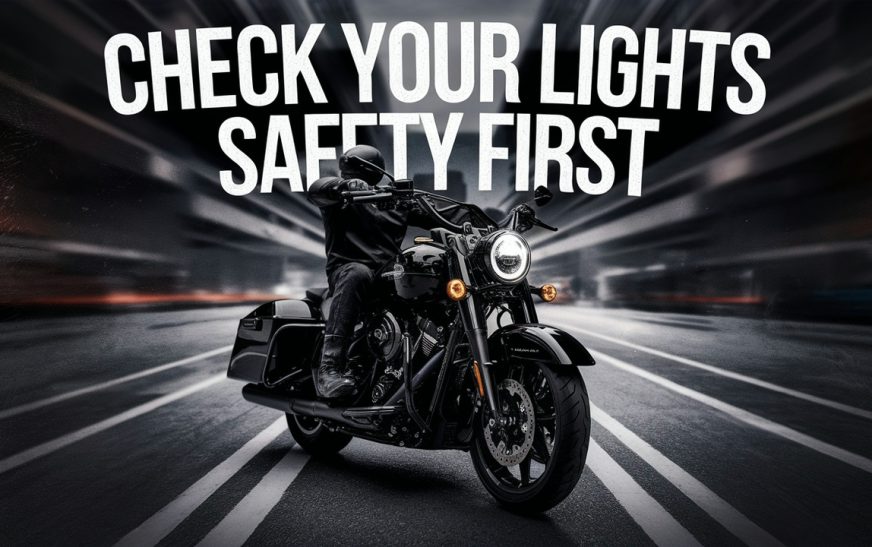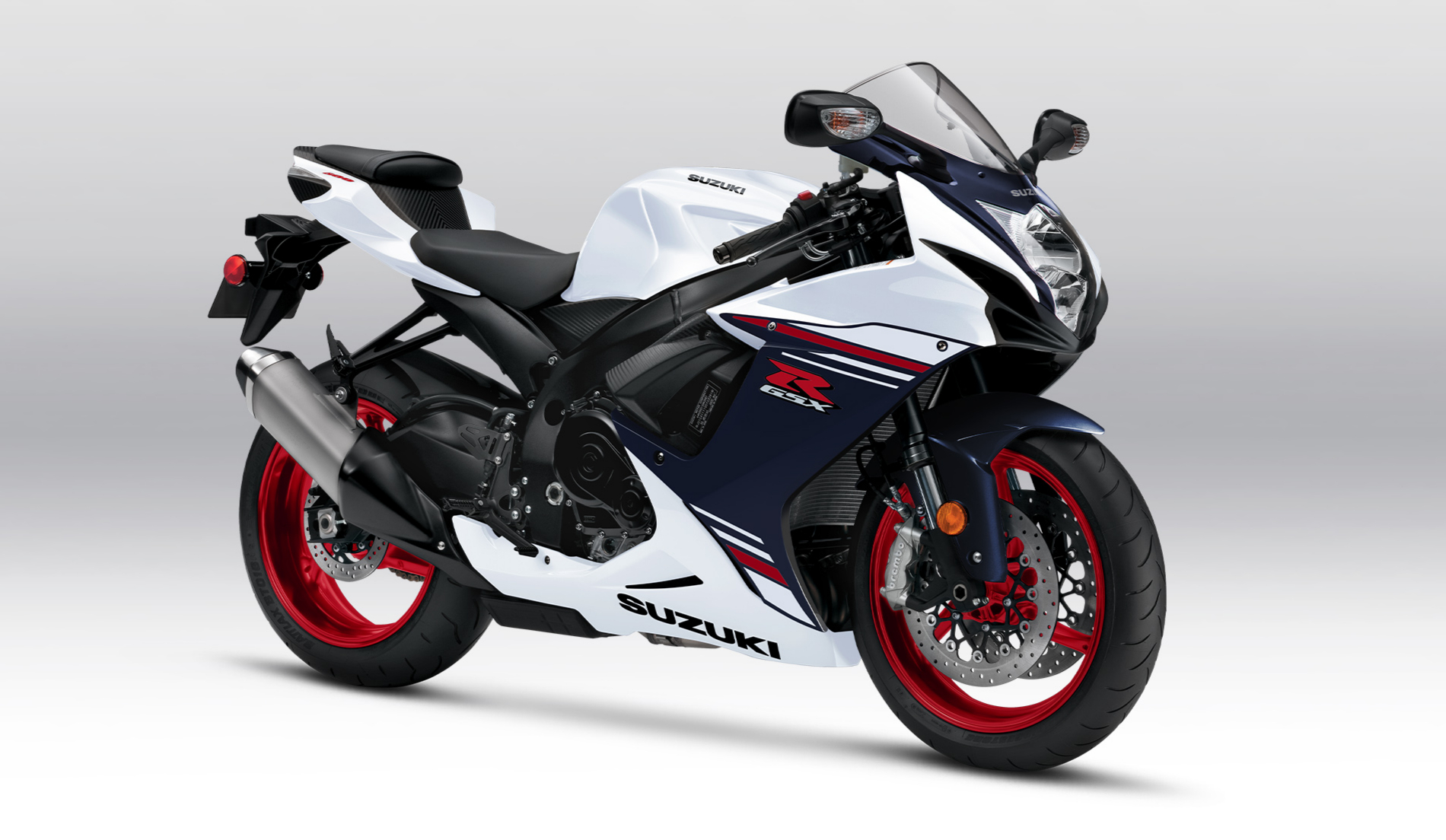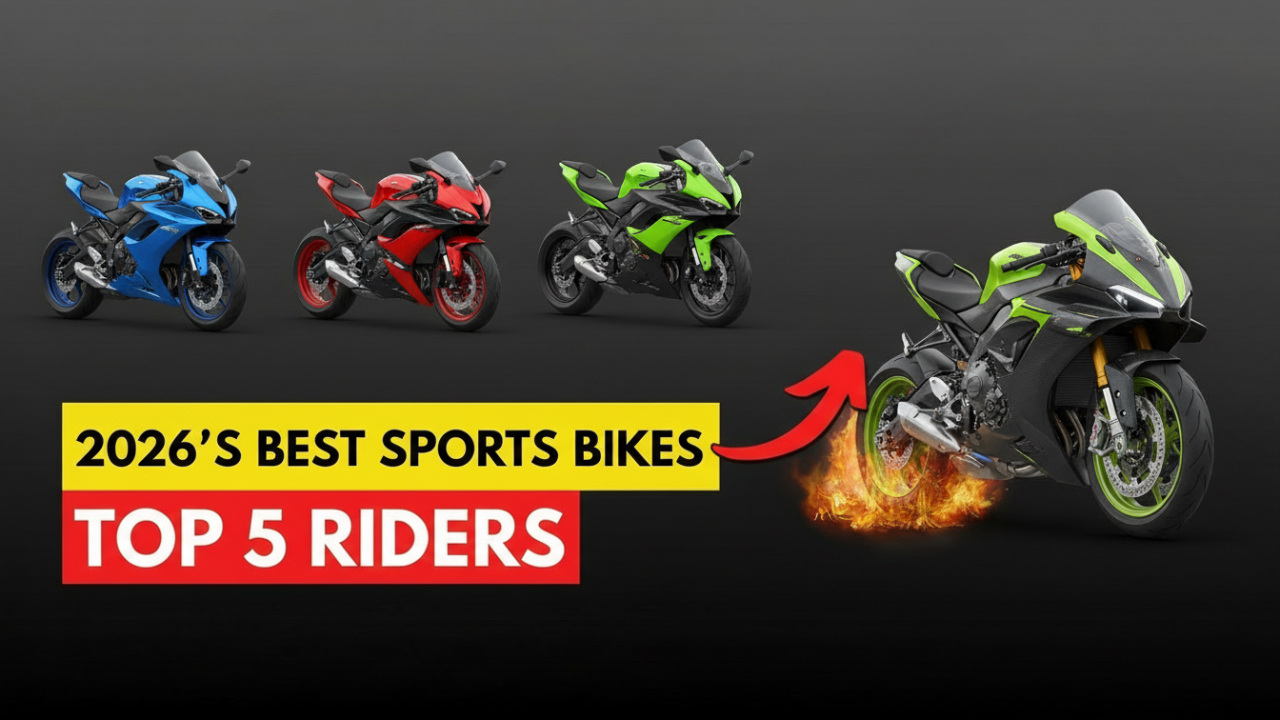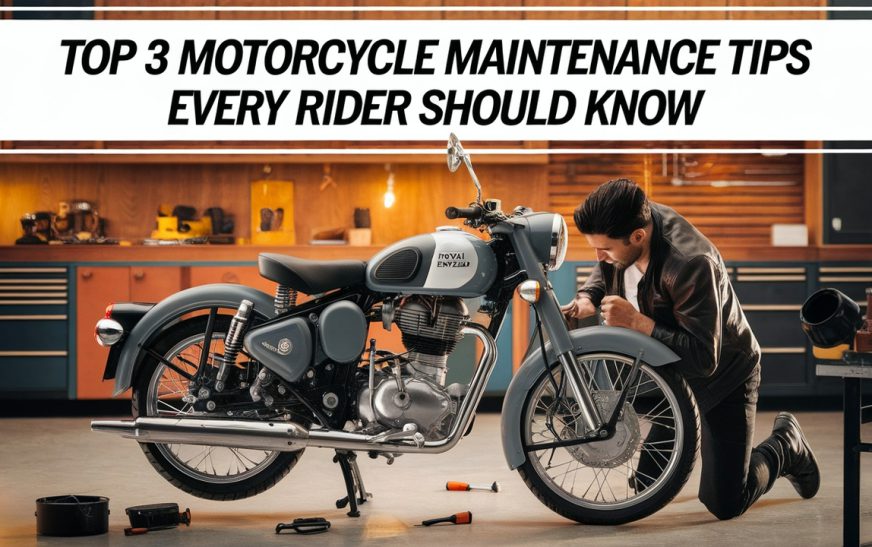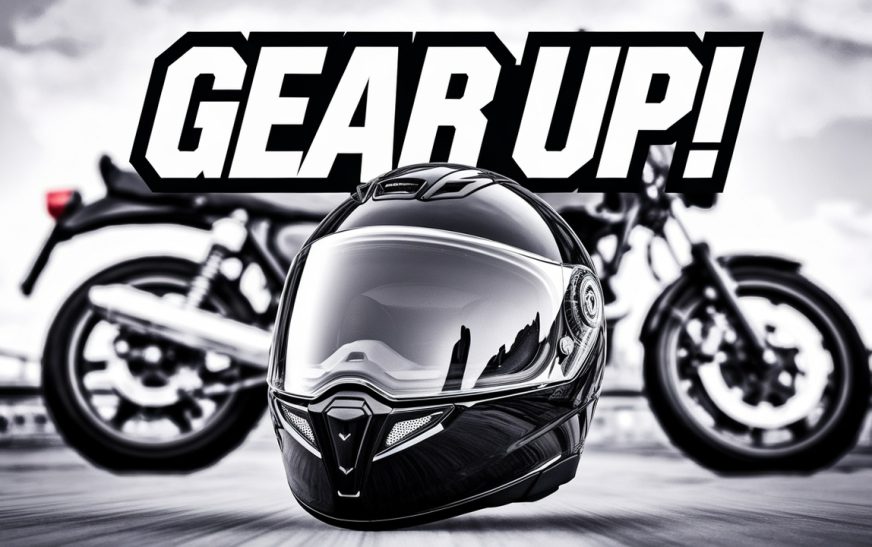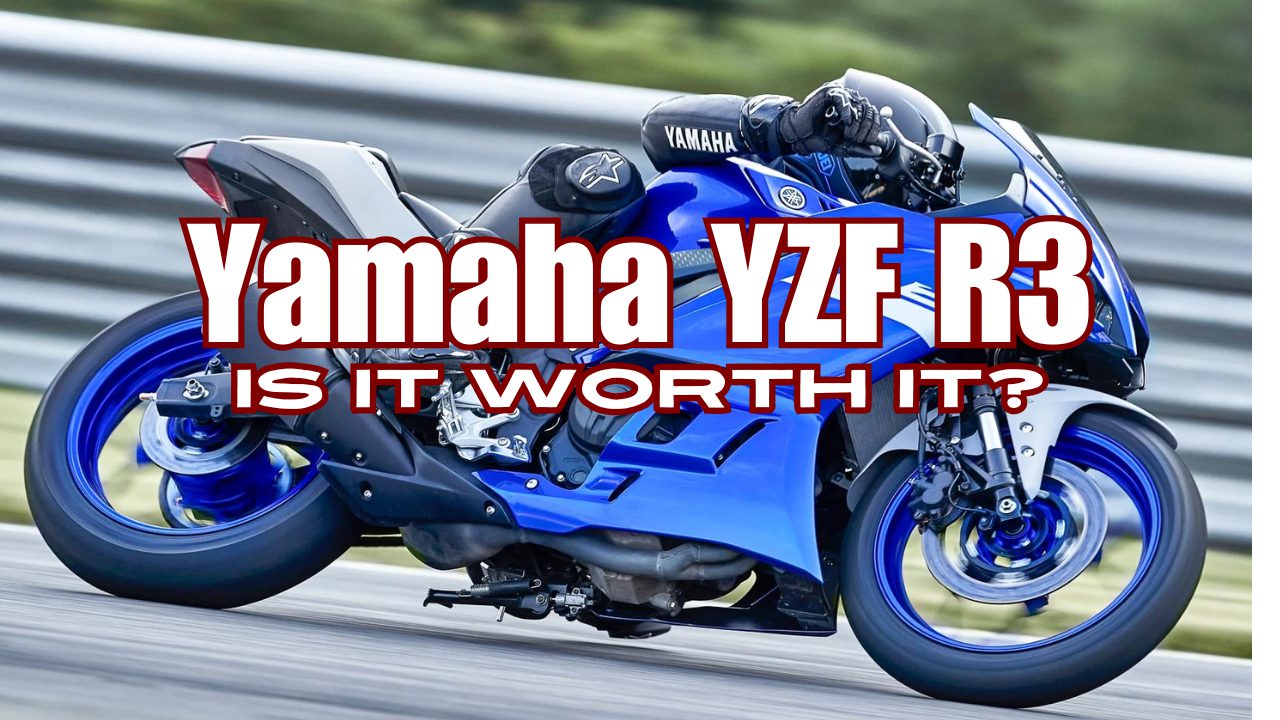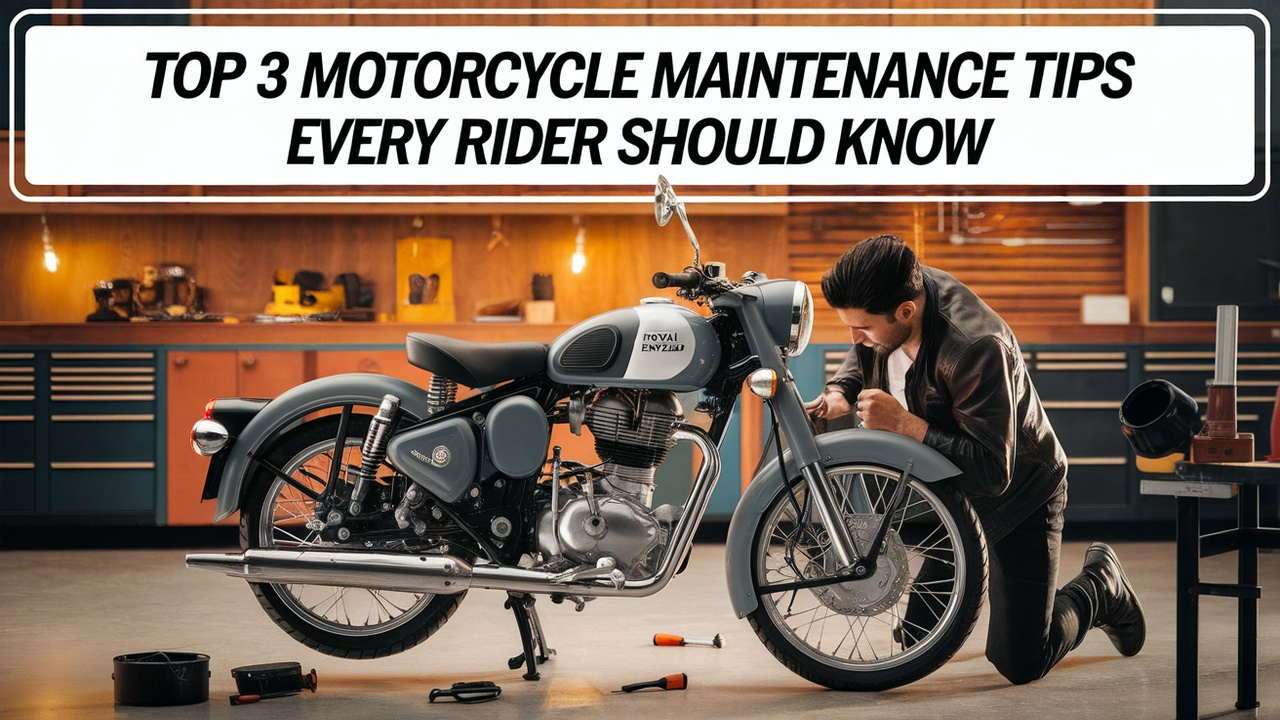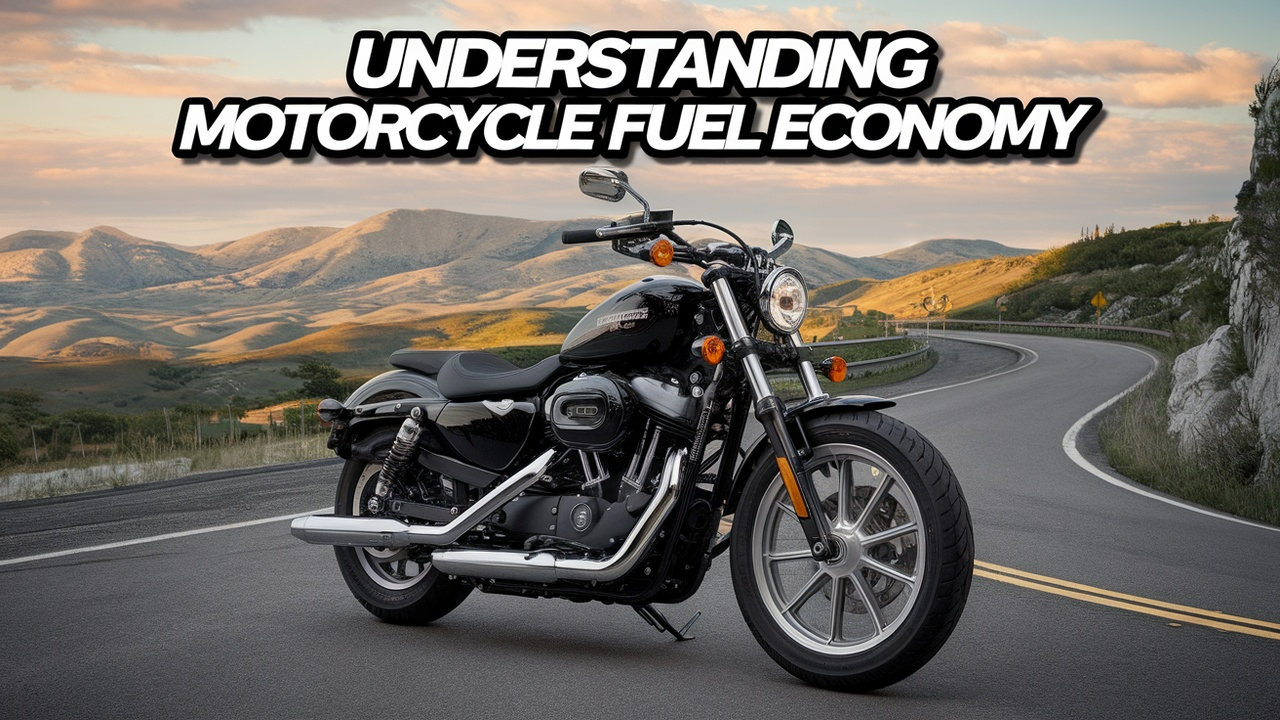Key to Safe Riding
Before heading out on a motorcycle, ensuring that your lights are in proper working order is one of the most important safety checks you can perform. Motorcycles, with their small size and high maneuverability, are more vulnerable to being overlooked by other drivers on the road. For this reason, visibility is crucial, and the motorcycle’s lighting system plays a critical role in ensuring that both you and your bike are visible to others. Checking your lights before each ride isn’t just a recommendation, but a fundamental responsibility that can prevent accidents, improve safety, and even save lives. Whether you’re riding in daylight, twilight, or at night, proper functioning lights are essential for communicating your presence, intentions, and actions to other drivers and pedestrians on the road.
Motorcycles are inherently less visible than larger vehicles, and other road users might not always notice them, especially in low-light conditions or from behind. This makes it even more important to have a reliable lighting system that works optimally. Motorcycle lights, including the headlights, brake lights, tail lights, turn signals, and even the license plate light, each serve specific functions that improve visibility and help the rider communicate with others on the road. When all of these lights are functioning as they should, it dramatically enhances the rider’s safety.
In this article, we’ll explore the importance of checking your lights before riding, why this routine is critical for safety, the different types of motorcycle lights, how to check each light, and the implications of riding with malfunctioning lights. Additionally, we’ll highlight the connection between proper lighting and the prevention of road accidents, helping riders understand the significance of this often overlooked aspect of motorcycle maintenance.
Why Checking Your Lights is Crucial for Safety
Motorcycle safety is a top priority for any rider, and visibility is a major part of this. According to traffic safety studies, the vast majority of motorcycle accidents occur because the rider is not seen or noticed by other drivers. Motorcycles are smaller than cars, and other drivers may fail to notice them, especially when making lane changes or turning at intersections. In such cases, working lights help increase your visibility and reduce the likelihood of a collision. Properly functioning lights serve as visual signals that alert other motorists to your presence and intentions.
One of the biggest challenges riders face is being visible, especially in low-light or inclement weather conditions. While riding during the day can offer some natural visibility, poor weather, dusk, and nighttime riding require that your lights be in good working condition to ensure that you are seen by other road users. Headlights, brake lights, and turn signals are all essential in keeping you visible and allowing other drivers to anticipate your actions on the road. A motorcycle that lacks these vital signals increases the likelihood of accidents.
Types of Motorcycle Lights and Their Functions
Motorcycle lights are not only essential for visibility but also for effective communication with other drivers. There are several types of lights on a motorcycle, each serving a distinct function. These include headlights, tail lights, brake lights, turn signals, and the license plate light. Each of these lights is important for the rider’s safety and must be properly maintained to ensure that the bike can be seen clearly in all conditions. Let’s take a closer look at each of these components:
- Headlights: The primary purpose of headlights is to illuminate the road ahead and to ensure that other drivers can see the motorcyclist. Motorcycles typically have either a single headlight or a dual headlight system, and modern bikes often include high and low beams that can be switched depending on road conditions and the level of ambient light. A working headlight ensures that the rider has clear visibility of the road while also alerting oncoming traffic to the rider’s presence.
- Brake Lights and Tail Lights: The brake light signals the rider’s intention to stop or slow down, providing a warning to vehicles following behind. The tail light, on the other hand, remains illuminated at all times while riding, making the bike visible from behind. Both the brake and tail lights should be checked regularly to ensure they’re functioning properly, as these are the primary signals for alerting other drivers to your presence and actions.
- Turn Signals: Turn signals are another critical form of communication between motorcyclists and other road users. They allow the rider to indicate a lane change or turn, and when not working, riders may be misinterpreted by drivers who are unsure of their intentions. Non-functioning turn signals can lead to confusion and accidents, especially in heavy traffic where signaling is vital.
- License Plate Light: The license plate light ensures that the bike’s license plate is visible to law enforcement or other drivers at night. In some regions, it’s required by law to have a working license plate light. While this light may seem like a small detail, it plays a role in keeping the bike visible in low-light conditions.
The Implications of Riding with Malfunctioning Lights
Riding with malfunctioning lights is not only dangerous but also illegal in many places. Motorcycles are required to meet certain visibility standards for safety reasons, and malfunctioning lights can result in fines, legal consequences, or, more seriously, accidents. Beyond the legal ramifications, faulty lighting systems reduce a rider’s ability to safely navigate the road, especially in conditions of poor visibility.
If your brake light isn’t working, for example, you could risk a rear-end collision if another driver doesn’t see that you’re slowing down. If your headlight is out, oncoming traffic may not be able to see you in time to avoid a potential crash. Inadequate or broken turn signals could result in a failure to signal a lane change or turn, causing confusion among other drivers. In any of these cases, the likelihood of an accident increases, potentially leading to serious injury or even fatality.
In addition to the immediate safety concerns, riding with broken lights can negatively affect your confidence as a rider. If you know your lights aren’t functioning properly, you may become more anxious, distracted, and less focused on the road. This distraction could further increase the risk of an accident, as your mind is divided between the ride and your fear of being pulled over or involved in an incident.
How to Check Your Motorcycle Lights Before Riding
Now that we understand the critical role lights play in motorcycle safety, let’s discuss how to perform a quick and effective light check before riding. Checking your lights doesn’t have to be a time-consuming task, but it’s something that should be done thoroughly every time you prepare to hit the road.
- Headlights:
- Turn on the bike and activate the headlights. Check both high and low beams to ensure that they work properly.
- Check the alignment of the headlights. Misaligned headlights can reduce visibility and cause glare to other drivers. If your lights are pointed too high or too low, they should be adjusted to the correct position.
- Brake Lights and Tail Lights:
- Turn on the bike and check the tail light. It should remain illuminated at all times when the bike is running.
- For the brake light, press the brake lever or pedal and check that the light comes on. If it doesn’t, inspect the bulb or fuse, and replace it if necessary.
- Turn Signals:
- Activate the turn signals (both left and right) and check that both the front and rear signals are working. The turn signal indicator on the dashboard should also light up.
- Be sure to check for any burnt-out bulbs or flickering lights. If the signals are not functioning correctly, replace the bulbs or check for wiring issues.
- License Plate Light:
- Turn on the bike and check the light that illuminates the license plate. It should be bright enough to make the plate visible from a reasonable distance. If the light is dim or not working, it may need a bulb replacement.
Common Problems and Solutions
Sometimes, lights may fail due to issues that are easily fixable. Here are a few common problems and simple solutions:
- Burnt-out Bulbs: The most common reason for lights not working is a burnt-out bulb. If any light isn’t functioning, check the bulb and replace it if necessary. Bulbs can wear out over time, and replacing them is typically a quick and affordable fix.
- Blown Fuses: If a light isn’t working and the bulb seems fine, check the fuse box. A blown fuse can cause electrical components to stop working. If the fuse is blown, replacing it with a new one should resolve the issue.
- Wiring Issues: Loose or damaged wiring can prevent lights from functioning properly. If you notice that a light is flickering or intermittently turning off, there could be a loose connection or damaged wire. In this case, inspecting the wiring or having a mechanic fix it may be necessary.
- Switch Issues: If the switch that controls your lights isn’t working correctly, it may need to be cleaned or replaced. A malfunctioning switch can prevent lights from being activated when needed.
Conclusion: The Importance of Light Checks
Before you ride, taking a few minutes to check your motorcycle’s lights is an easy yet essential step in ensuring your safety on the road. Working lights increase visibility, communicate your intentions to other drivers, and help you navigate in low-light conditions. A properly functioning lighting system can prevent accidents, save lives, and ensure a smooth and confident ride. Remember that checking your lights is not just about meeting legal requirements; it’s about making sure you are as visible and safe as possible while riding your motorcycle. Regular light checks are an integral part of motorcycle maintenance, and taking the time to perform them can save you from trouble down the road—both figuratively and literally. Whether it’s a short trip around town or a long ride across the country, always make sure your lights are in proper working order before you ride.
Are you curious if the Yamaha R3 can outperform the R6? Please click here for further information.

